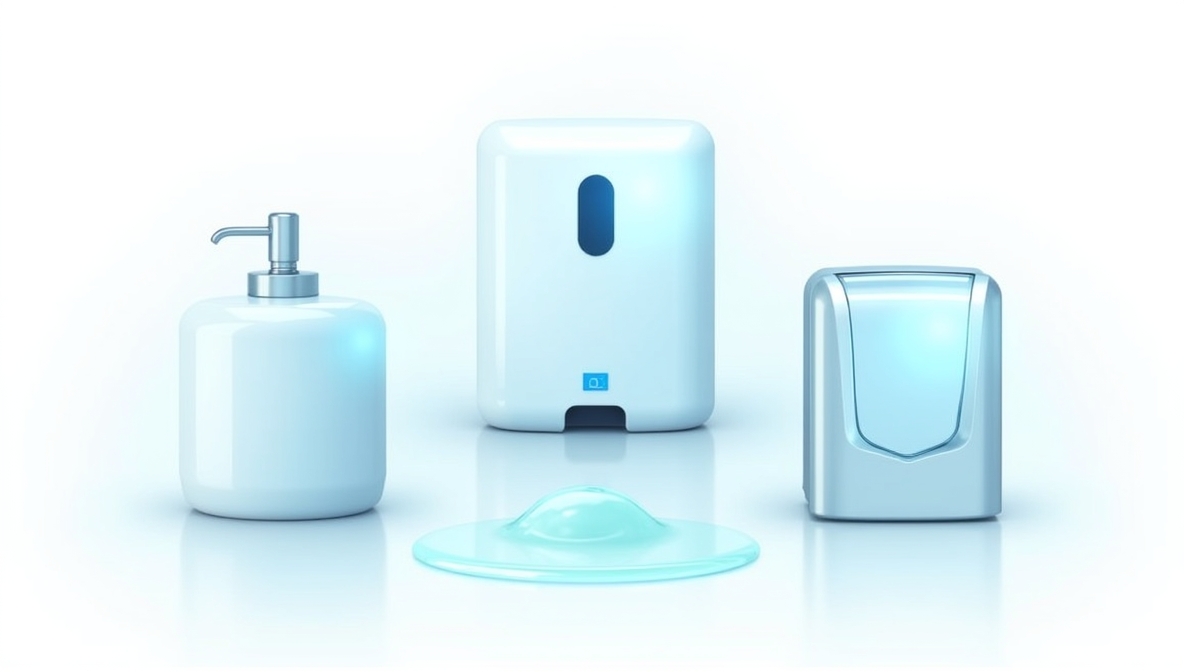Dispensers: In a world increasingly driven by convenience and efficiency, dispensers play a critical role across various sectors — from household items and personal care to industrial applications. Dispensers are devices designed to control the release of a product, minimizing waste, enhancing hygiene, and providing consistent delivery of the contents. This article delves into the multifaceted world of , exploring their history, types, applications, technological advancements, and future potential.
1. Historical Background and Evolution
The concept of a dispenser dates back centuries, rooted in the need for efficient storage and distribution of goods such as grains and water. Ancient civilizations developed rudimentary systems like gravity-fed urns and scoops. Over time, as society and technology evolved, so did the sophistication of dispensers.
The industrial revolution was a pivotal moment, introducing mechanical designs to streamline processes. The 20th century saw an explosion in the variety of dispensers — from soap and paper towel to vending machines and medical dosage devices — driven by the need for hygiene and automation.
2. Common Types of Dispensers
Dispenser technology has diversified immensely. Here’s a breakdown of the most common types:
a. Liquid Dispensers
Used in bathrooms, kitchens, and industrial settings, these are perhaps the most common. They dispense soap, sanitizer, oil, or water in controlled amounts. Variants include:
- Manual (pump-operated)
- Automatic (sensor-based)
- Foaming dispensers (mix air with liquid to produce foam)
b. Food and Beverage Dispensers
Used in restaurants, cafeterias, and homes. Examples include:
- Soda fountains
- Cereal dispensers
- Coffee and juice machines
- Condiment dispensers
These devices are designed for portion control, freshness, and cleanliness.
c. Paper and Tissue Dispensers
Common in public restrooms and kitchens, they offer controlled access to tissues, paper towels, and toilet paper, reducing waste and improving sanitation.
d. Medication Dispensers
Used in hospitals and homes, these ensure correct dosages and reduce the risk of error. Examples include:
- Pill organizers
- Automated drug dispensers
- Infusion pumps
e. Vending Machines
Technically complex that store and release products like snacks, drinks, and even electronics upon payment or authorization.
f. Industrial Dispensers
Used in manufacturing and assembly lines to dispense adhesives, sealants, lubricants, and more, often with high precision and automation.
3. Advantages of Using Dispensers
Dispenser systems offer several key benefits:
- Hygiene: Touchless or single-use models reduce contamination risks.
- Cost-Efficiency: By limiting product release to pre-set amounts, waste is minimized.
- Convenience: Quick and easy access to products, often with automated operation.
- Portion Control: Especially useful in food service and healthcare.
- Aesthetic Appeal: Sleek designs that enhance space functionality and look.
4. Technological Innovations
As smart technology permeates every industry, dispensers have not been left behind. Key innovations include:
- IoT-enabled dispensers: These smart systems monitor usage, inventory, and maintenance needs, sending alerts or ordering refills automatically.
- Voice-activated dispensers: Used in advanced kitchens and assisted living environments.
- Biometric-enabled dispensers: Control access to sensitive or expensive products, such as in pharmaceutical or high-security environments.
- Eco-friendly designs: Dispensers using biodegradable materials or promoting refillable systems to reduce plastic waste.
5. Dispensers in the Post-Pandemic World
The COVID-19 pandemic accelerated the adoption of hands-free dispensers across the globe. Public spaces, offices, and homes saw a surge in the use of:
- Touchless hand sanitizer stations
- Foot-operated soap dispensers
- Disposable mask and glove dispensers
These developments underscore the importance of hygiene and personal safety in modern society.
6. Challenges and Considerations
Despite their advantages, dispensers face several challenges:
- Maintenance: Clogs, refills, and mechanical failures can reduce reliability.
- Cost: Advanced models can be expensive to install and maintain.
- User Error: Improper use can lead to waste or contamination.
- Environmental Impact: Single-use cartridge systems can contribute to plastic pollution unless managed responsibly.
7. The Future of Dispensers
The future of dispenser technology is bright and innovation-driven. Potential developments include:
- AI-powered dispensers that learn user habits and optimize delivery.
- Integrated dispensers in smart homes and workplaces, connecting to broader systems for energy, water, and inventory management.
- Refill stations for household and personal care products to support sustainable living.
- 3D-printed custom dispensers for niche applications and rapid prototyping.
Conclusion
From their humble origins to their high-tech modern incarnations, dispensers have proven to be indispensable tools in enhancing convenience, efficiency, and hygiene. As technology and sustainability continue to shape consumer preferences and industrial requirements, the evolution of dispenser systems will undoubtedly keep pace, offering smarter, cleaner, and more user-friendly solutions for everyday needs.
Read more: U.S. Bank Mobile App








